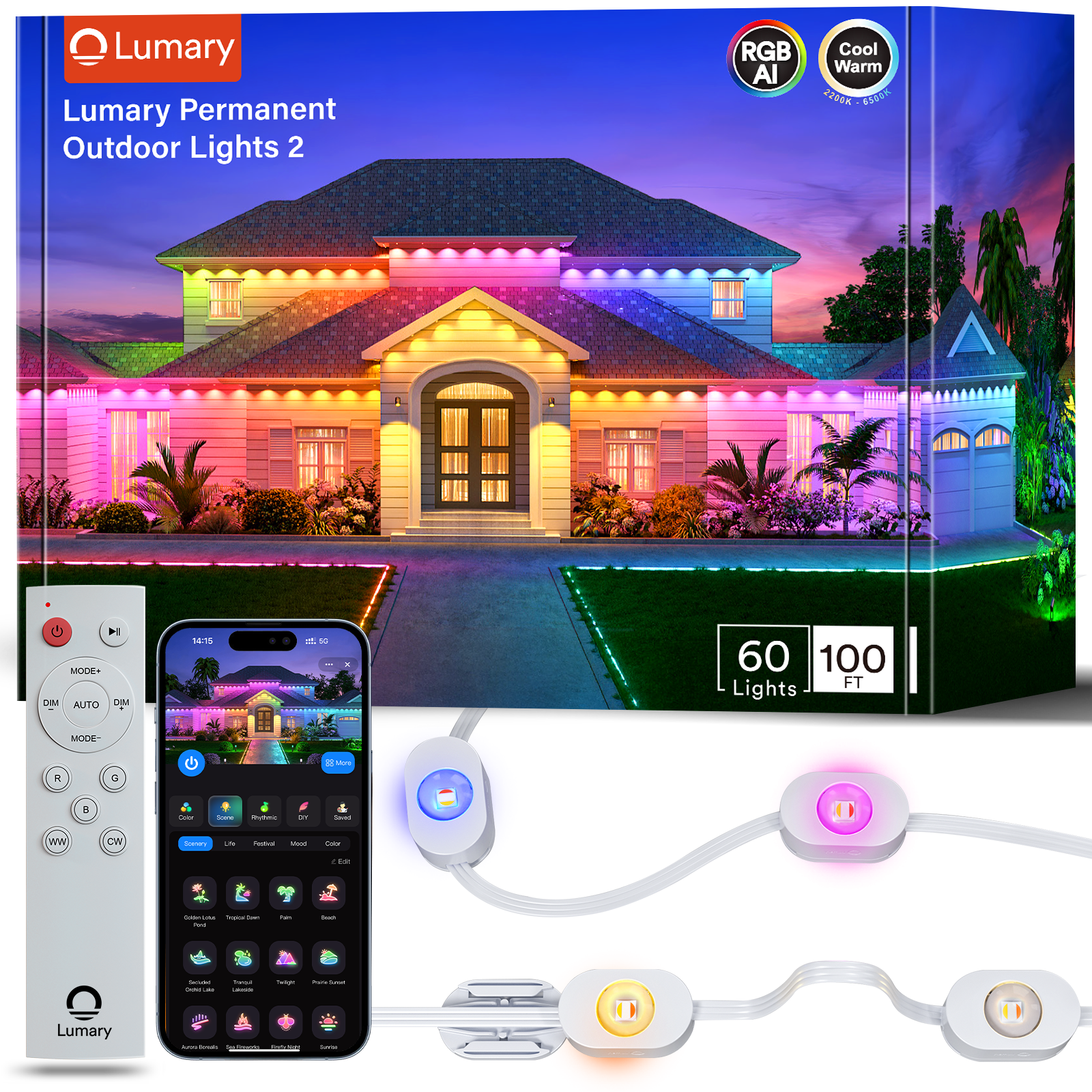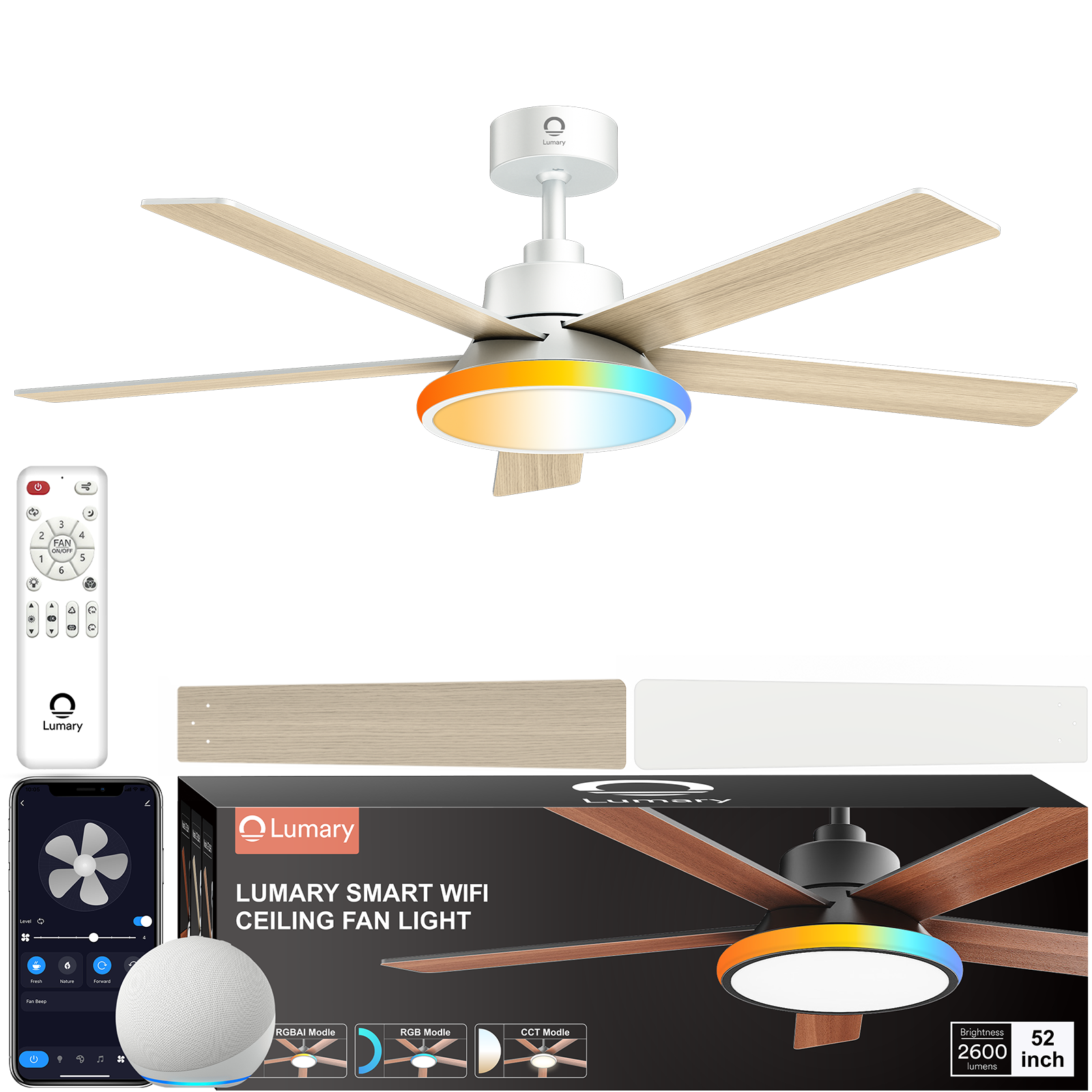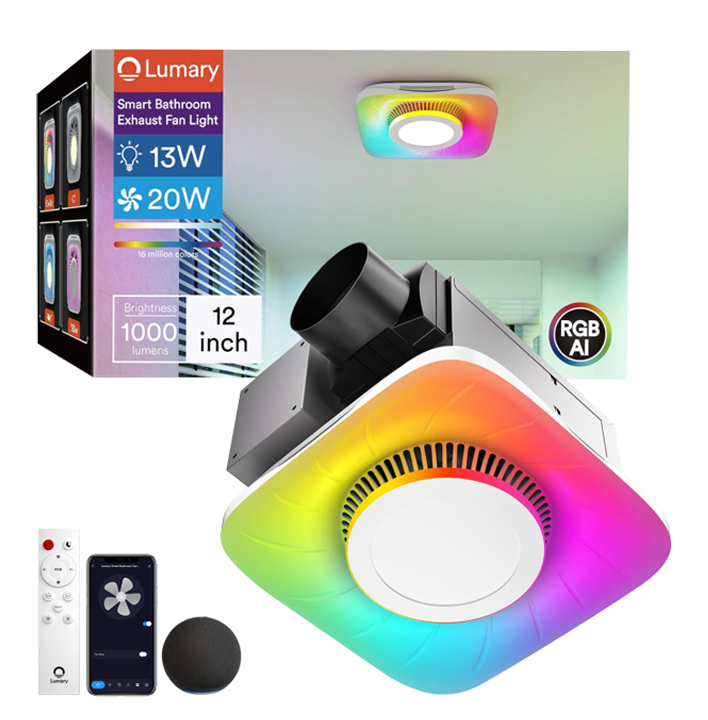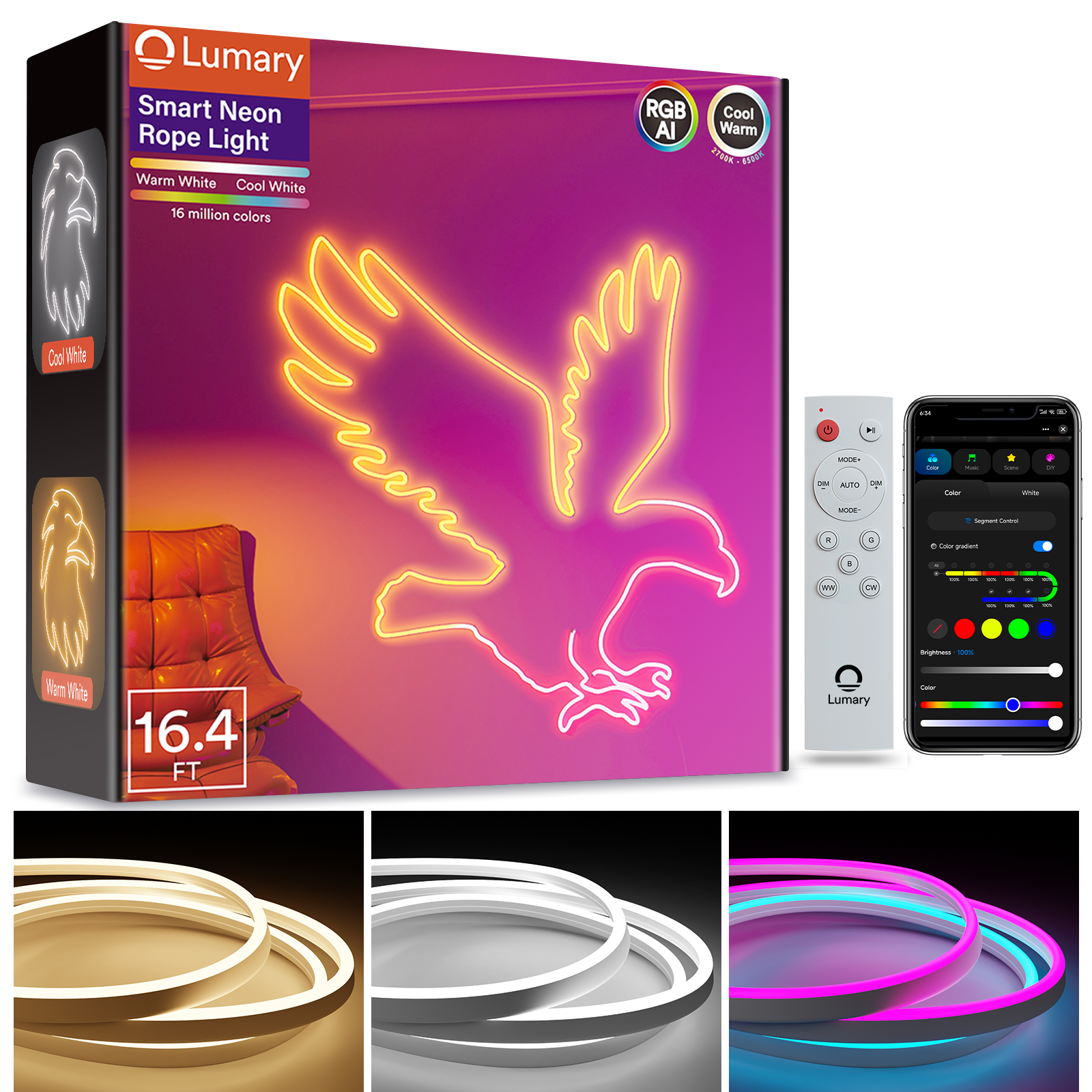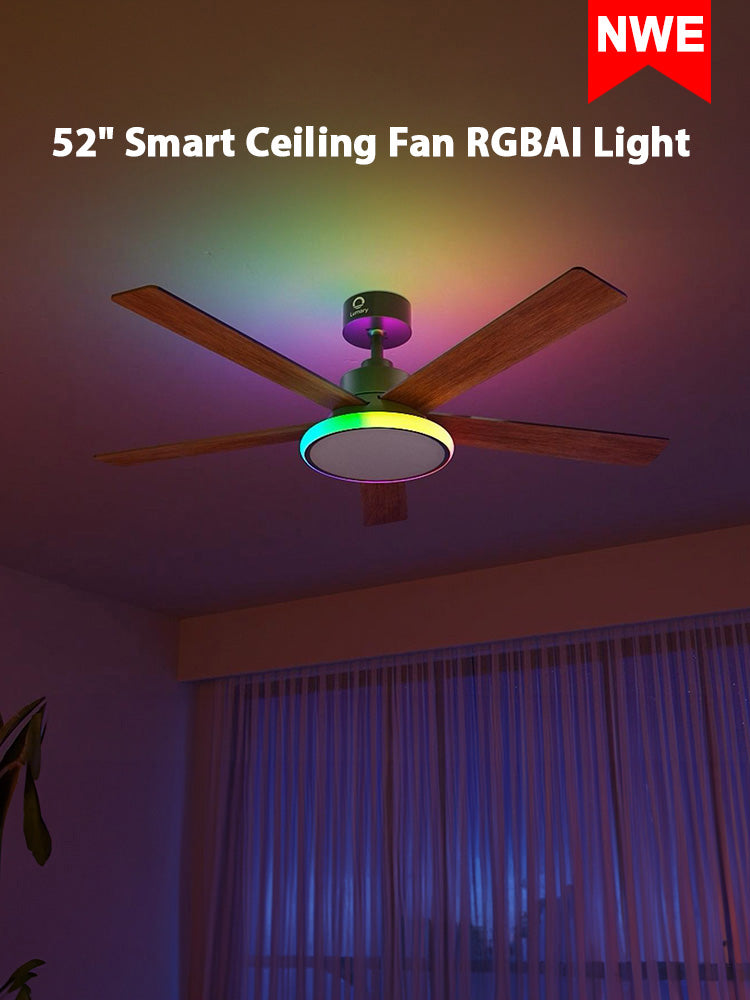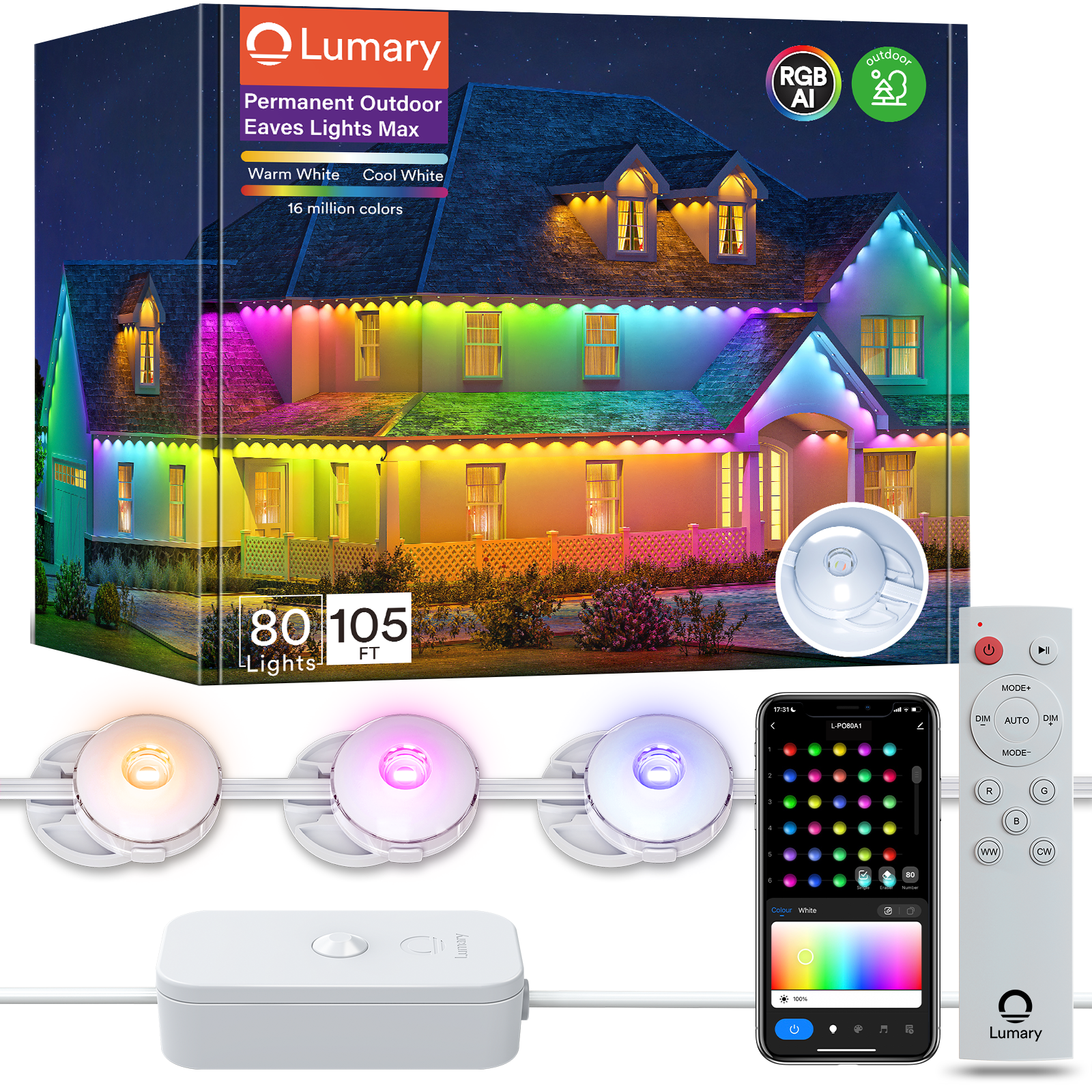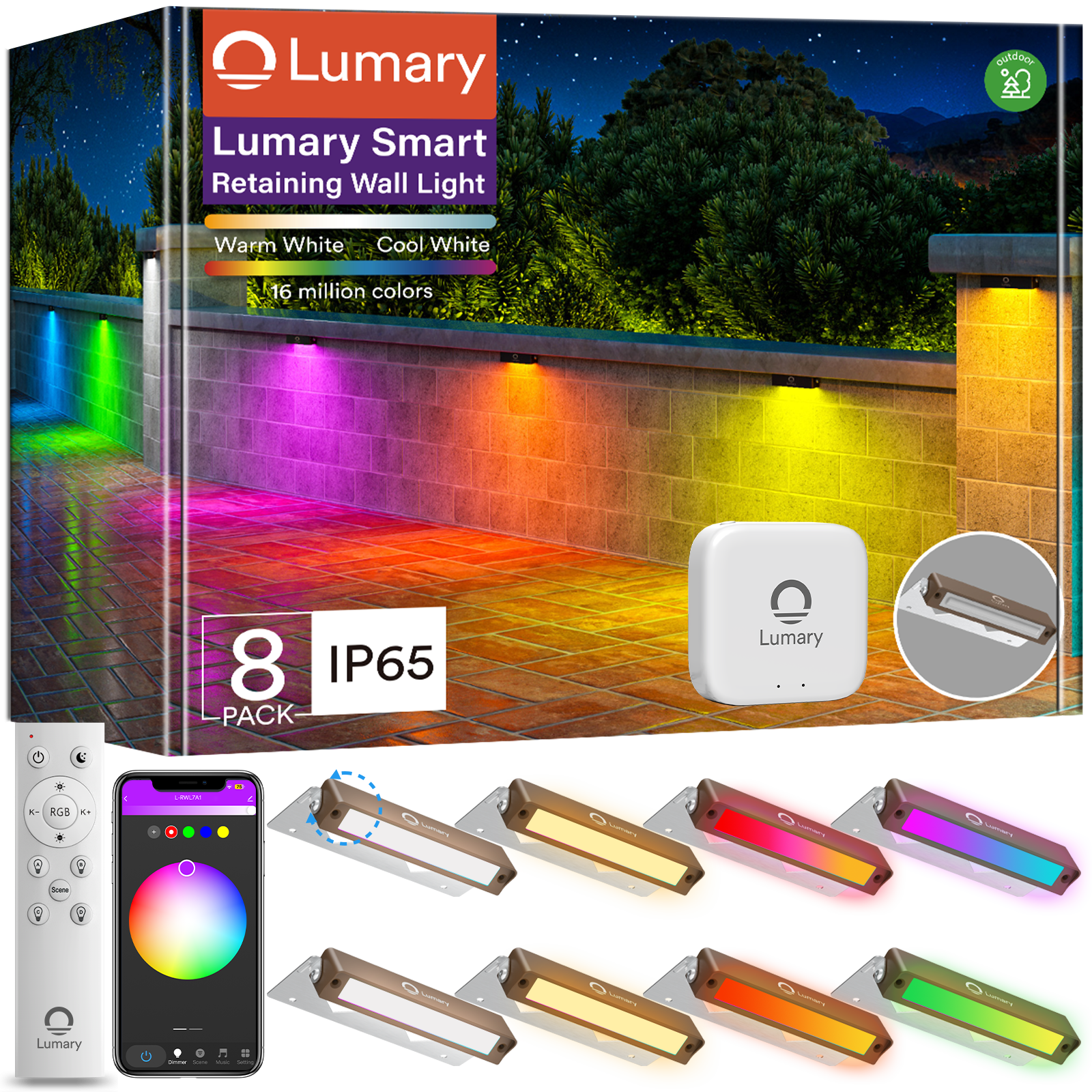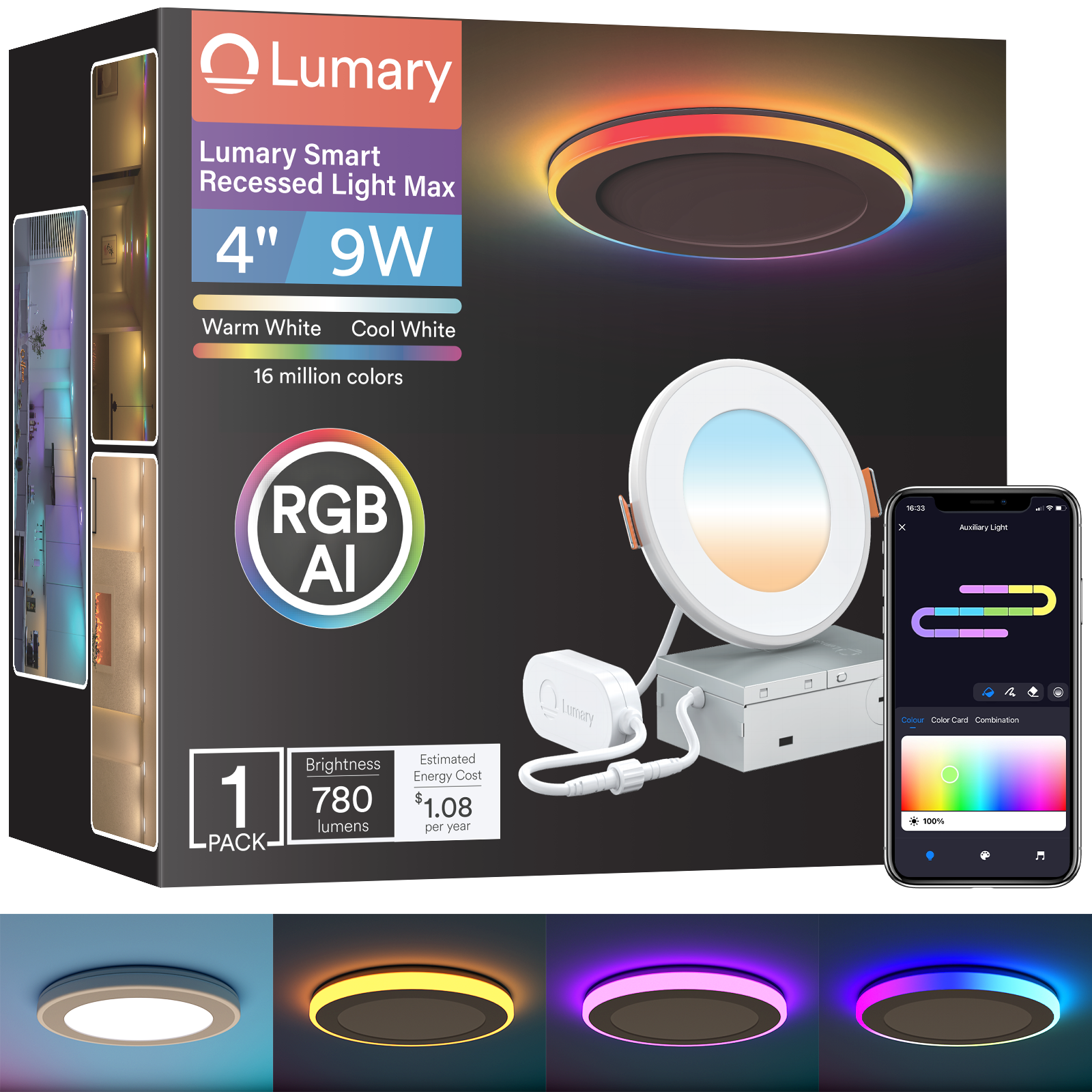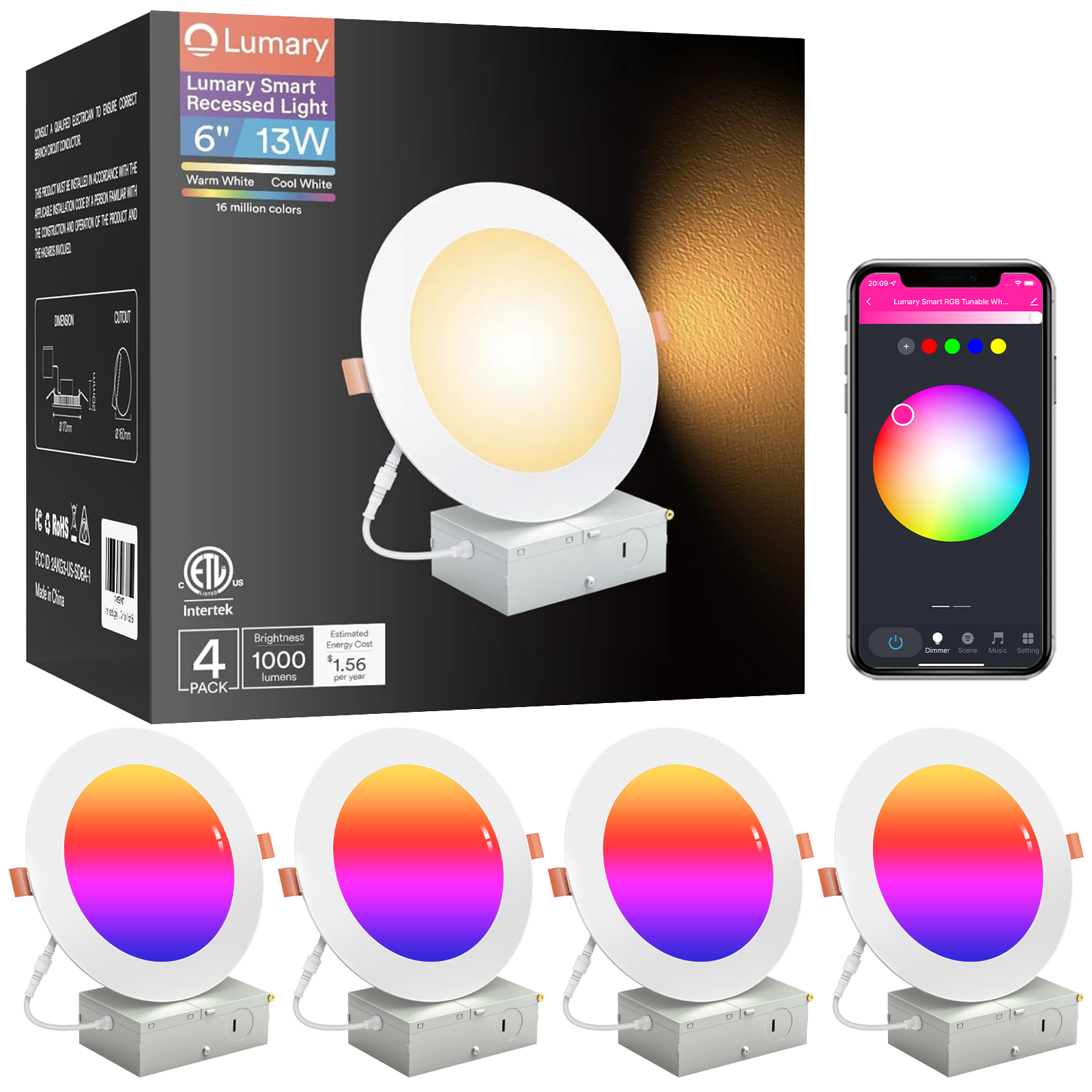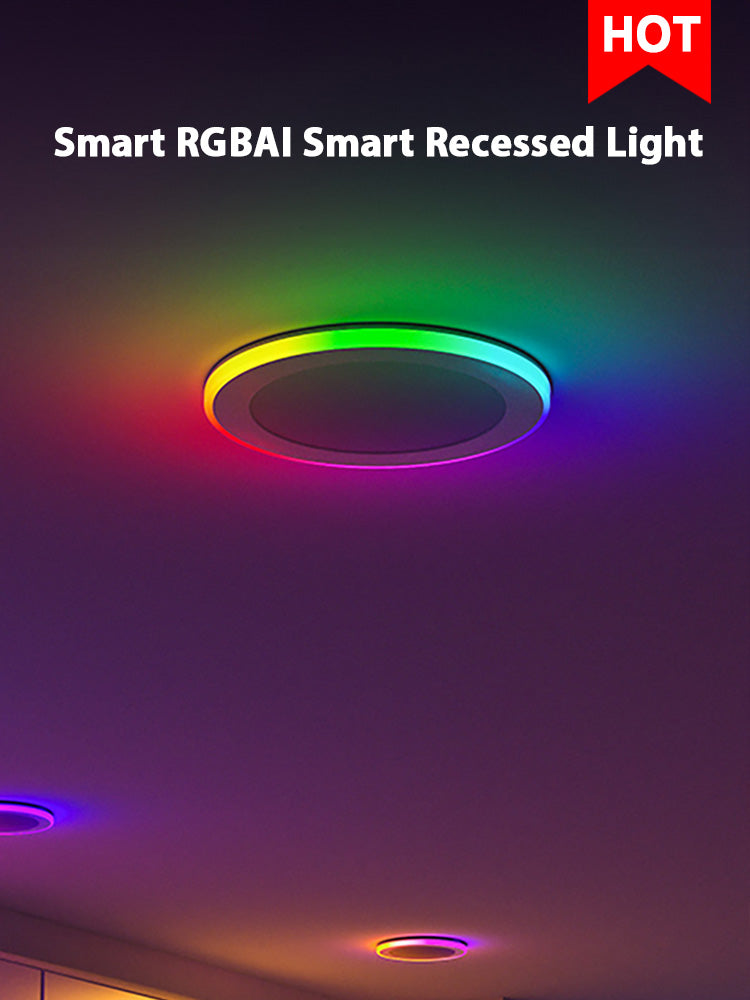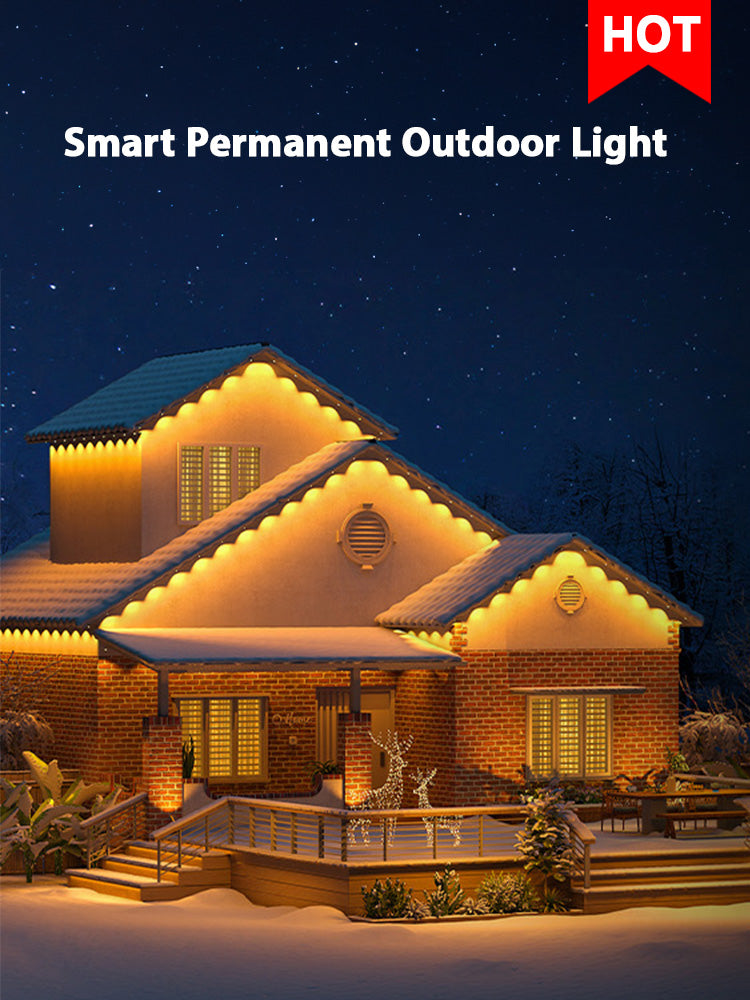Smart lights have become increasingly popular in recent years. The global smart lighting market is expected to grow significantly, reaching USD 94.16 billion by 2030. Understanding the different types of smart lights is crucial for making informed decisions. Smart lighting systems offer numerous benefits, including energy savings, enhanced security, and improved ambiance. These systems can adjust lighting levels and color temperature, providing a more pleasant atmosphere. Additionally, smart lighting can positively impact mood and health by syncing with natural circadian rhythms.
Types of Smart Lights

Smart Bulbs
Features of Smart Bulbs
Smart bulbs offer a range of features that make them a popular choice for home automation. These bulbs can adjust brightness levels, change color temperatures, and even switch between different colors. Users can control smart bulbs remotely using a smartphone app or voice commands. Integration with smart home systems like Amazon Alexa, Google Assistant, and Apple HomeKit enhances their functionality. Smart bulbs also provide energy-efficient lighting solutions, often using LED technology to reduce power consumption.
Popular Brands and Models
Several brands dominate the smart bulb market. Philips Hue offers a wide range of smart bulbs known for reliability and extensive features. LIFX provides high-quality bulbs with vibrant color options and easy setup. Sengled offers budget-friendly smart bulbs that still deliver essential features. Lumary has introduced the UFO LED High Bay Light with Motion Sensor, which combines advanced technology with energy efficiency.
Installation and Setup
Installing smart bulbs is straightforward. Users need to screw the bulb into a standard light socket and connect it to a smart home network. Most smart bulbs require a compatible app for initial setup. The app guides users through connecting the bulb to Wi-Fi or Bluetooth. Once connected, users can control the bulb through the app or via voice commands. Some smart bulbs may also require a hub for additional features and broader compatibility.
Smart Light Strips
Features of Smart Light Strips
Smart light strips offer flexible and customizable lighting solutions. These strips can be cut to fit specific spaces and can bend around corners. Users can control the brightness, color, and effects of light strips through a smartphone app. Smart light strips often include features like scheduling, remote control, and integration with other smart home devices. These strips can enhance the ambiance of any room by providing accent lighting.
Popular Brands and Models
Philips Hue Lightstrip Plus is a leading option in the market, known for its high quality and extensive features. LIFX Z provides bright and vibrant light strips that are easy to install and control. Lumary also offers smart light strips that integrate well with other smart home systems.
Installation and Setup
Setting up smart light strips involves attaching the strip to a clean surface using adhesive backing. Users then connect the strip to a power source and follow the instructions in the accompanying app. The app will guide users through connecting the light strip to a Wi-Fi or Bluetooth network. Once connected, users can control the light strip through the app or via voice commands. Some light strips may require a hub for additional features and broader compatibility.
Smart Light Panels
Features of Smart Light Panels
Smart light panels provide a modern and stylish lighting solution. These panels can create dynamic lighting effects and can be arranged in various patterns. Users can control the brightness, color, and effects of light panels through a smartphone app. Smart light panels often include features like scheduling, remote control, and integration with other smart home devices. These panels can enhance the aesthetic appeal of any room.
Popular Brands and Models
Nanoleaf is a leading brand in the smart light panel market, known for its innovative designs and extensive features. LIFX Tile offers bright and vibrant light panels that are easy to install and control. Cololight provides affordable light panels with a wide range of colors and effects. Lumary also offers smart light panels that integrate well with other smart home systems.
Installation and Setup
Installing smart light panels involves attaching the panels to a clean surface using adhesive backing or mounting hardware. Users then connect the panels to a power source and follow the instructions in the accompanying app. The app will guide users through connecting the light panels to a Wi-Fi or Bluetooth network. Once connected, users can control the light panels through the app or via voice commands. Some light panels may require a hub for additional features and broader compatibility.
Smart Outdoor Lights
Features of Smart Outdoor Lights
Smart outdoor lights enhance security and convenience. These lights often include motion sensors that activate when detecting movement, providing an added layer of safety. Many smart outdoor lights offer weather-resistant designs, ensuring durability in various conditions. Users can control these lights remotely through smartphone apps, allowing for adjustments in brightness and color temperature. Integration with smart home systems like Amazon Alexa and Google Assistant enables voice control. Smart outdoor lights also support scheduling features, allowing users to automate lighting based on specific times or events.
Popular Brands and Models
Several brands offer high-quality smart outdoor lights. Ring provides a range of smart outdoor lighting solutions known for their reliability and integration with security systems. Philips Hue offers outdoor light fixtures and bulbs that deliver customizable lighting options. LIFX provides robust outdoor lights with vibrant color capabilities and easy setup. Lumary introduces the UFO LED High Bay Light with Motion Sensor, which combines advanced technology with energy efficiency, making it suitable for outdoor use.

Installation and Setup
Installing smart outdoor lights involves mounting the fixture to a suitable surface and connecting it to a power source. Users need to follow the instructions provided in the accompanying app for initial setup. The app guides users through connecting the light to a Wi-Fi or Bluetooth network. Once connected, users can control the light through the app or via voice commands. Some smart outdoor lights may require a hub for additional features and broader compatibility. Proper installation ensures optimal performance and longevity of the lighting system.
Key Features to Consider
Connectivity Options
Wi-Fi
Wi-Fi connectivity allows smart lights to connect directly to a home network. This option provides a stable connection and broad compatibility with various smart home systems. Users can control Wi-Fi-enabled lights remotely through smartphone apps or voice commands. Wi-Fi offers reliable performance for managing multiple lights simultaneously.
Bluetooth
Bluetooth connectivity offers a straightforward setup process. Users can connect smart lights directly to a smartphone without needing a hub. Bluetooth-enabled lights provide quick response times and are ideal for smaller setups. However, the range is limited compared to Wi-Fi, making it suitable for single-room applications.
Zigbee and Z-Wave
Zigbee and Z-Wave are popular protocols for smart lighting systems. These options require a hub to connect the lights to a home network. Zigbee and Z-Wave offer low power consumption and robust mesh networking capabilities. These protocols ensure reliable communication between multiple devices, making them ideal for larger smart home setups.
Compatibility with Smart Home Systems
Amazon Alexa
Amazon Alexa integration allows users to control smart lights using voice commands. Users can adjust brightness, change colors, and set schedules through Alexa-enabled devices. This compatibility enhances the convenience of managing smart lighting systems.
Google Assistant
Google Assistant offers similar functionality to Amazon Alexa. Users can control smart lights with voice commands through Google Home devices. Integration with Google Assistant provides seamless control over various lighting settings and schedules.
Apple HomeKit
Apple HomeKit integration ensures compatibility with iOS devices. Users can manage smart lights through the Home app or Siri voice commands. HomeKit offers secure and encrypted communication, enhancing the privacy and security of smart lighting systems.
Energy Efficiency
LED Technology
LED technology plays a crucial role in the energy efficiency of smart lights. LED bulbs consume less power compared to traditional incandescent bulbs. This technology provides long-lasting performance and reduces electricity bills. LED smart lights also offer various color and brightness options.
Energy-Saving Modes
Energy-saving modes further enhance the efficiency of smart lighting systems. Users can set schedules to turn off lights when not needed. Motion sensors in smart outdoor lights activate only when detecting movement. These features contribute to significant energy savings and lower utility costs.
Practical Tips for Choosing Smart Lights
Assessing Your Needs
Indoor vs. Outdoor Use
Choosing the right smart lights depends on the intended use. Indoor smart lights enhance the ambiance and functionality of living spaces. These lights offer features like dimming, color changing, and integration with smart home systems. Outdoor smart lights focus on security and durability. These lights often include motion sensors and weather-resistant designs. Consider the specific requirements of each area before making a decision.
Ambiance vs. Task Lighting
Different lighting needs require different types of smart lights. Ambiance lighting creates a pleasant atmosphere in living rooms, bedrooms, and dining areas. These lights offer adjustable brightness and color options. Task lighting provides focused illumination for activities like reading, cooking, or working. Smart bulbs and light strips can serve both purposes, depending on their placement and settings. Evaluate the primary function of the lighting to select the most suitable option.
Budget Considerations
Initial Cost
Smart lights vary in price based on features and brands. High-end options like Philips Hue and LIFX offer extensive functionalities but come at a higher cost. Budget-friendly brands like Sengled provide essential features at a lower price point. Consider the initial investment required for the desired features and compatibility with existing smart home systems.
Long-Term Savings
Smart lights offer long-term savings through energy efficiency. LED technology consumes less power compared to traditional bulbs. Features like scheduling and motion sensors further reduce energy consumption. Investing in smart lights can lead to significant savings on electricity bills over time. Evaluate the potential long-term benefits when considering the initial cost.
Installation and Maintenance
DIY vs. Professional Installation
Installing smart lights can be a DIY project or require professional assistance. Most smart bulbs and light strips are easy to install using standard sockets and adhesive backing. The accompanying apps guide users through the setup process. However, complex installations like integrated smart lighting systems may need professional help. Assess the complexity of the installation to decide the best approach.
Maintenance Tips
Maintaining smart lights ensures optimal performance and longevity. Regularly update the firmware through the smartphone app to access new features and improvements. Clean the light fixtures and sensors to prevent dust buildup. Monitor the app for any connectivity issues and troubleshoot as needed. Proper maintenance enhances the reliability and efficiency of smart lighting systems.
Understanding the different types of smart lights is essential for making informed decisions. Each type offers unique features and benefits, from smart bulbs to outdoor lights. Choosing the right type for specific needs enhances security, convenience, and ambiance. Exploring smart lighting options can lead to significant energy savings and improved home functionality. Smart lighting provides a modern solution that positively impacts mood and productivity. Embrace the advantages of smart lighting for a brighter and more efficient living environment.

